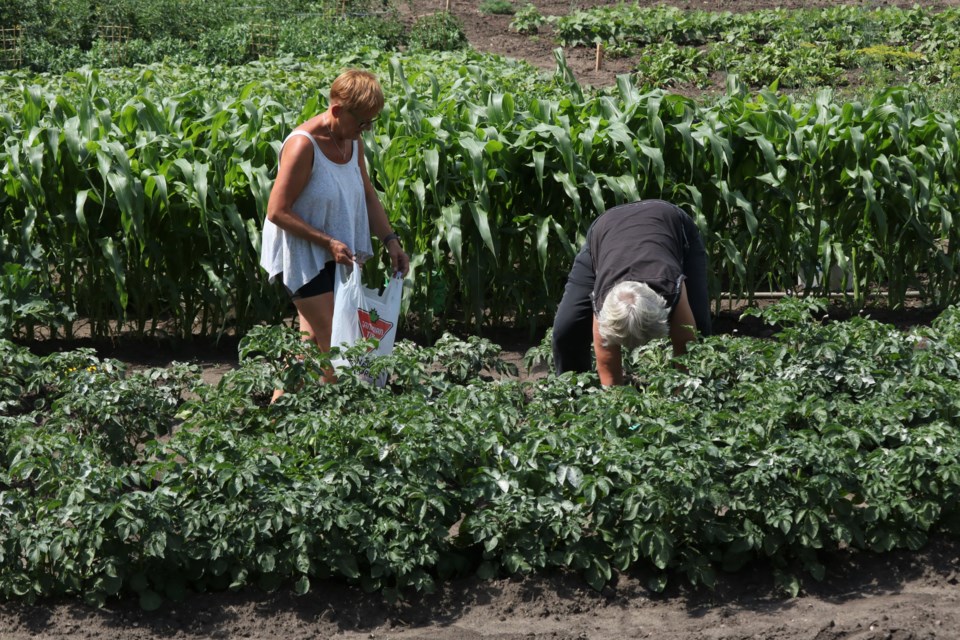YORKTON - Sit down and let’s have a cup of tea; a while back, we were talking briefly about “trench composting”. It was something Mom used to do in her garden, and we did in ours, but I wanted to do some official homework about it, so today I’ll tell you what I learned.
“Trench composting” is just that: composting that is done with no fancy composting bin or space. It is just what the name says: composting done in a trench. It’s an easy method of making the most of our organic waste.
And it’s not complicated: make a trench in the garden, about twelve to eighteen inches deep, and start layering in organic matter fruit and vegetable peels, eggs shells, coffee grounds.
If it sems like too much “green” matter, throw in some dried leaves. Cover the trench with about six inches of soil and let the magic of Mother Nature do the rest.
It will take up to six months for the trench compost to be fit to plant in, so bear that in mind when digging your trenches. The trench has to be al least six inches away from a row that is already planted. But once you get into the routine of trench composting, you can go back and forth with rows each year.
I read that you can include grass clippings in the trench, but grass clippings can be tricky. They are dense and can clump, and that is when you can get a smelly, soggy mess if they compact too tightly. If we are careful about having sufficient brown matter in the trench, it is fine to use some grass clippings. But use them with careful consideration and balance with brown matter. And remember, never use any grass clippings hat have been sprayed with chemicals.
And another firm rule about composting materials: never use any meat or bones, and never any dairy or grease. These items are compost no-no, no matter what type of composting we do. And with trench composting, these items can lead to all kinds of problems. So remember, only “green” organic matter as listed above, or “brown” matter like dried leaves or very finely shredded newspaper.
Trench composting benefits any and all plants that are in the vicinity as the decomposing matter releases valuable nutrients into the soil. This is the beauty of Mother Nature: the soil is full of microbes that will break down the organic material and make more wonderful microbes.
Trench composting can be done in all seasons except in the wintertime because the ground freezes and we can’t make those trenches. However, we can store our organic waster over the winter in bins outside, and then “plant” then when spring arrives. There is no danger of any bad smells coming from the green matter, because it will be “freeze-dried” and will keep just fine till spring.
(If you want to go high-tech with composting in the winter, you might be interested in reading about bokashi buckets on the Saskatchewan Waster Reduction Council site, saskwastereduction.ca This method might not be everyone’s cup of tea, but it is interesting to read about it. Since they do have to be emptied out over winter, some gardeners may want to go with the method of saving scraps in a bin outside. Can’t get much easier than that!)
Give trench composting a try, even if it is just a short trench in a corner of your garden. You will be improving your soil and that is always a good thing! Thank you to our friends at YTW; visit the hort society at www.yorktonhort.ca and have a great week!






